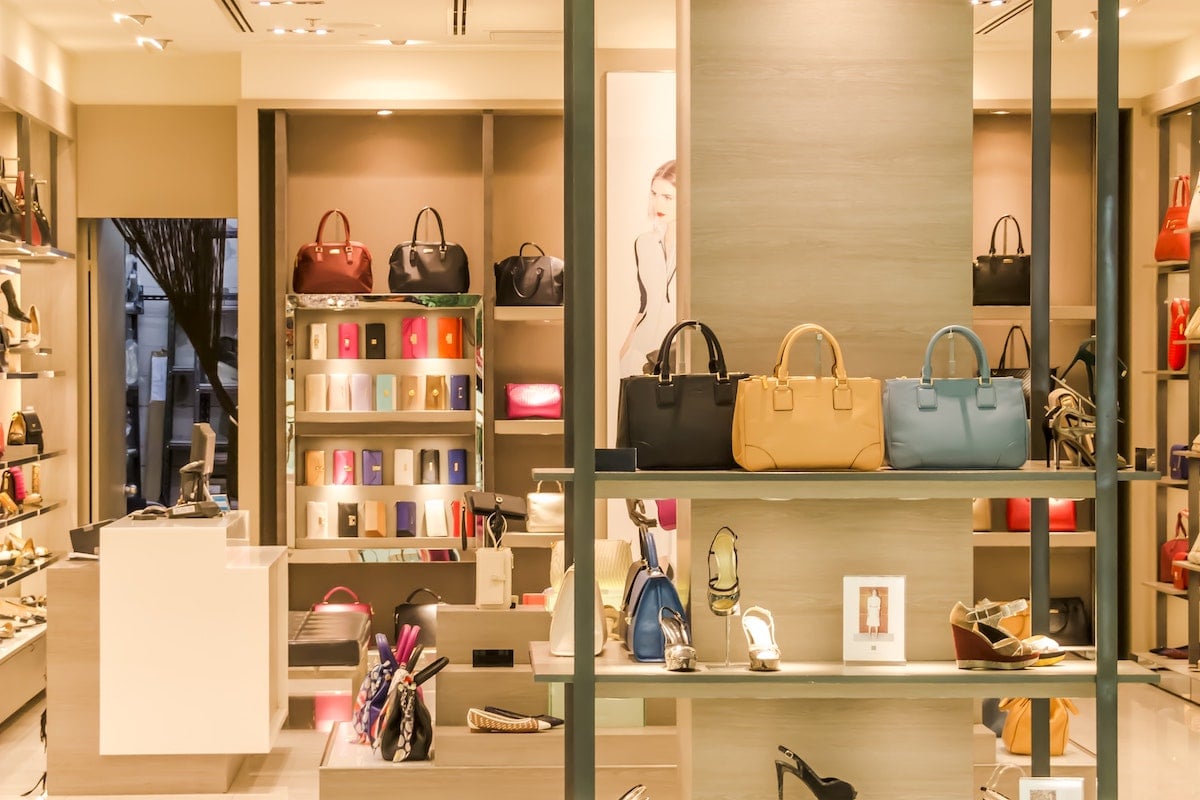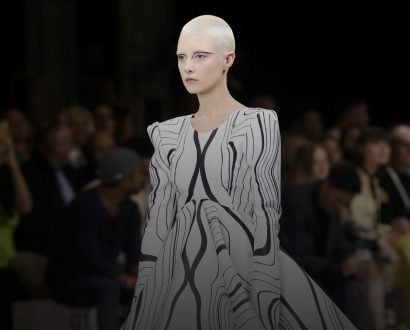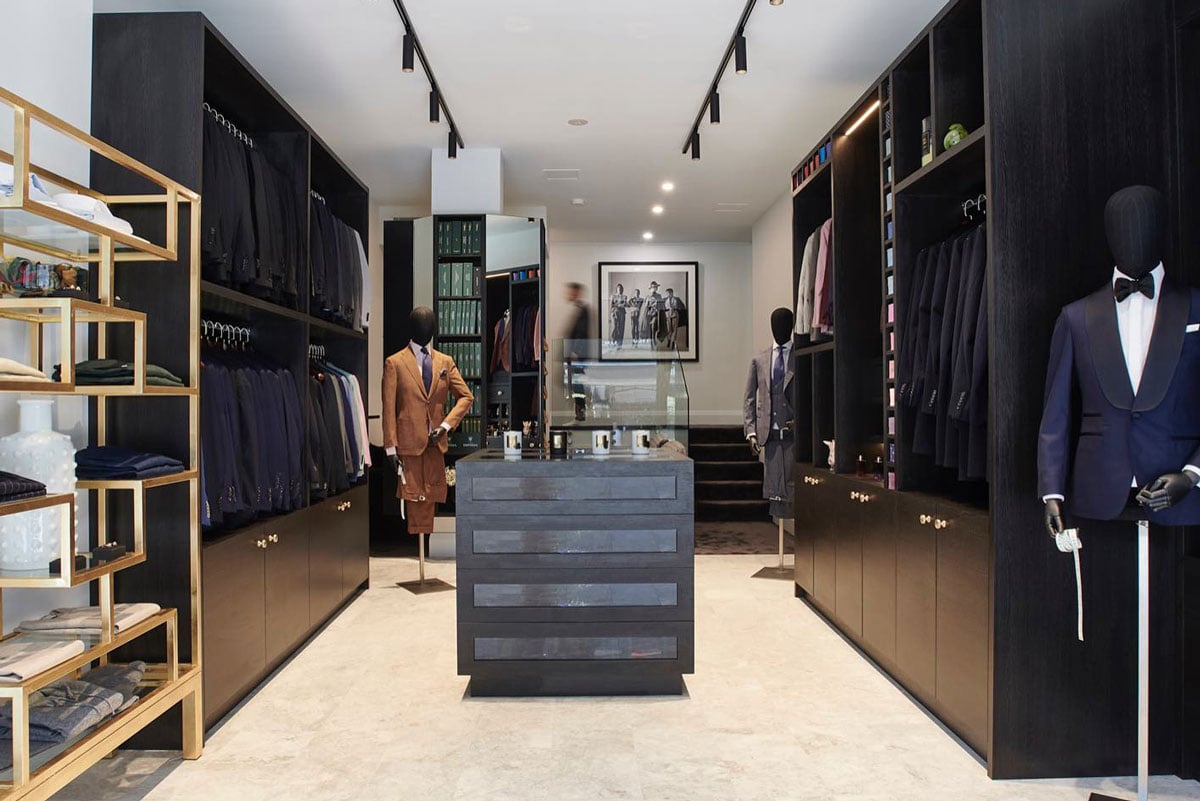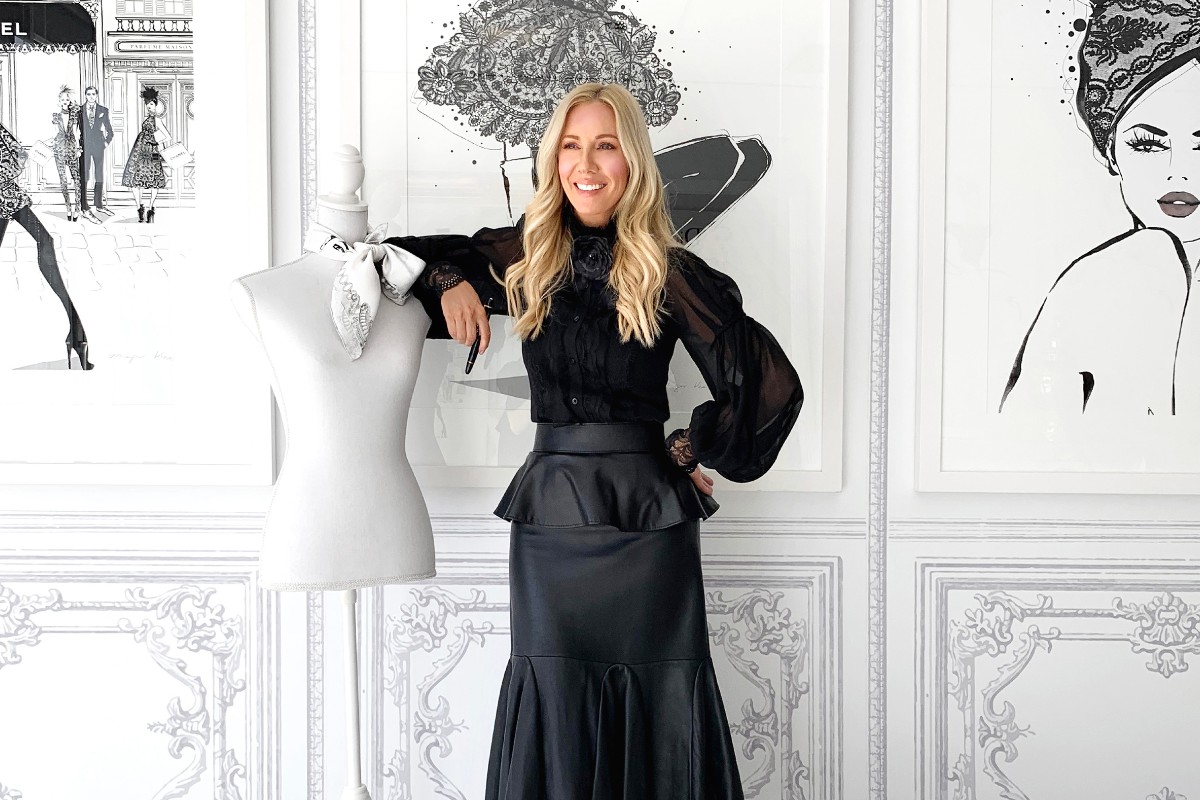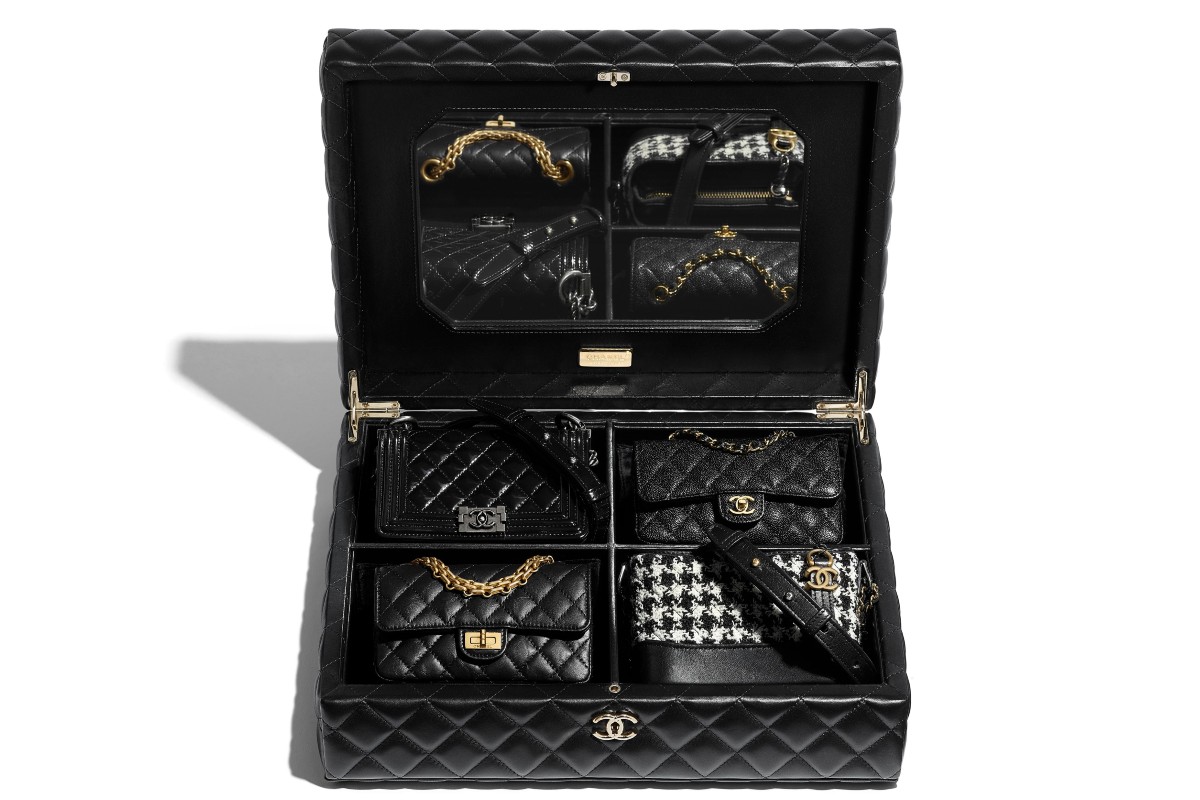Backstage at the Prada show during Milan Fashion Week in September 2019, Miuccia Prada, long a bellwether for where fashion is going, said she was creating clothes that women would wear forever.
“Simplicity is the first and most important thing, (more) than the clothes … (these are) timeless clothes you don’t throw away,” Prada told reporters.
This season, Prada said, was “more about personal style”.
The idea of real personal style and clothes that last was a key theme for fashion month.
It was evident in the season’s key trends, such as the re-imagined white shirts spotted at Burberry and The Row, and the trench coats at Bottega Veneta and JW Anderson. Sustainability was a focus too. It was there in Gucci and American fashion designer Gabriela Hearst doing ‘carbon neutral’ shows and Sarah Burton at Alexander McQueen using upcycled fabrics from past collections in her incredibly intricate designs.
Fashion is one of the world’s biggest polluters. The rise of fast fashion and cheap materials has meant that nearly three-fifths of all clothing ends up in landfills or burned within a year of being products. More than 8% of global greenhouse gas emissions come from the apparel and footwear industries.

That’s what happens when you’re in the business of chasing what’s next and what’s new.
The fashion and luxury industry is aware of its negative contribution to the environment, and with that awareness, change, albeit slowly, is happening.
Earlier this year 150 major fashion brands, including Chanel, Gucci, Nike and Zara, joined French president Emmanuel Macron’s Fashion Pact. It’s the first group initiative of its kind and its purpose is achieving science-based targets around global warming, restoring biodiversity and preserving the oceans.
Another antidote to the impact of fashion is the rise of slow fashion. That is, clothes made with integrity and transparency across the supply chain and materials. Pieces that are, as Prada put it, made to be worn for a lifetime.
Yet slow fashion is hardly a new trend when it comes to the luxury industry.
Indeed, what could be more slow fashion than the craftsmanship in a bag handmade by Tod’s artisans, or the timelessness of a tweed Chanel jacket worn over and over again?
It’s there too in the fact that it takes 80 hand-held processes to make a pair of R.M. Williams boots. The South Australian bootmaker, first established in 1932, employs around 300 craftsmen to make its boots, which are made to last whether you’re herding cattle or attending a strategy meeting.
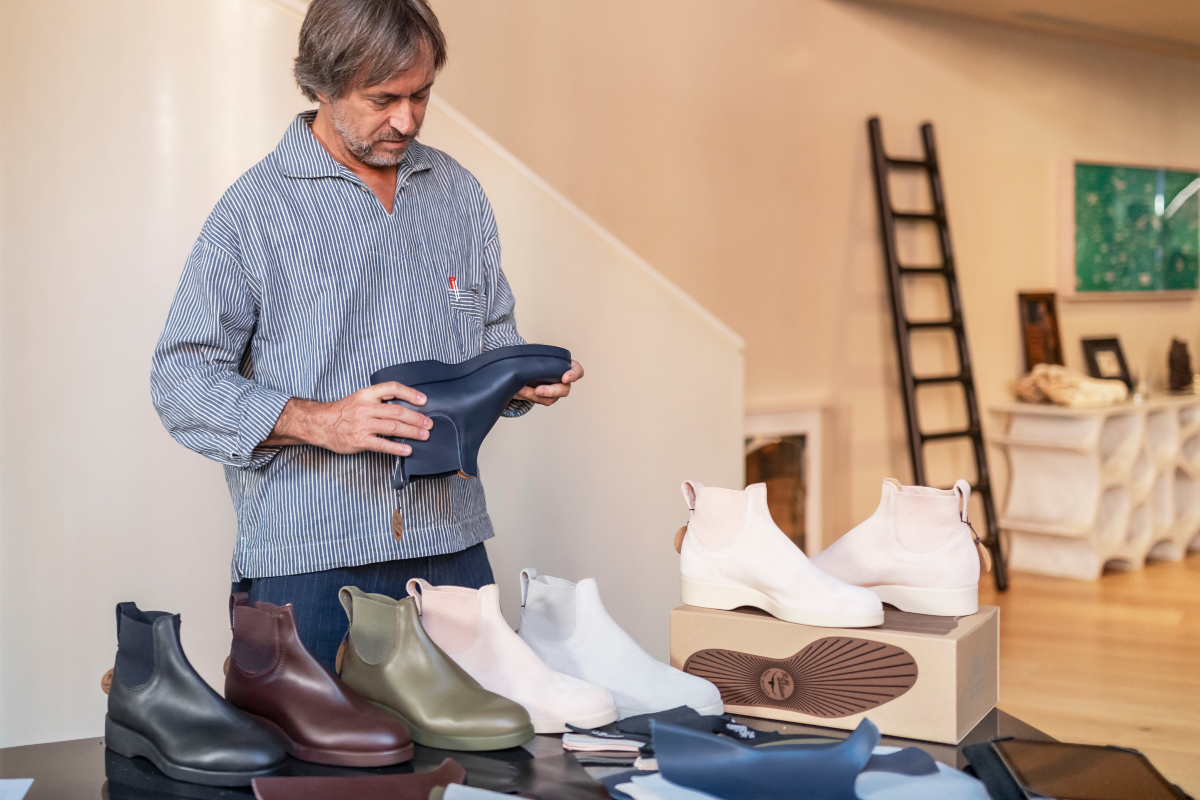
Some of R.M. Williams’ customers bought their first pair more than 50 years ago and still wear them. “With every wear, your pair is branded with personality. Even the smallest scuff has a story worth telling,” so says the brand material. R.M. Williams recently collaborated with Australian industrial designer Marc Newson on a new style of boots, proving that craftsmanship and good design will always be on-trend.
What’s more, the luxury resale market is predicted to eventually overtake fast fashion. Currently valued at US$24 billion, it’s projected to jump to US$51 billion by 2023.
In some cases, fashion isn’t waste but an investment.
Slow fashion is a familiar concept to Australian fashion designer Carla Zampatti, who celebrates 55 years in the fashion industry next year.
Women often stop her in the street to tell her that they still wear one of her pieces 20 years on and it’s still perfect – be it the dress they wore on their daughter’s wedding day, or one of the designer’s signature precision-cut blazers.
“I think we make them really well; women enjoy wearing them – how they feel when they wear them – and women are loathe to throw them. It’s a great compliment,” says Zampatti.
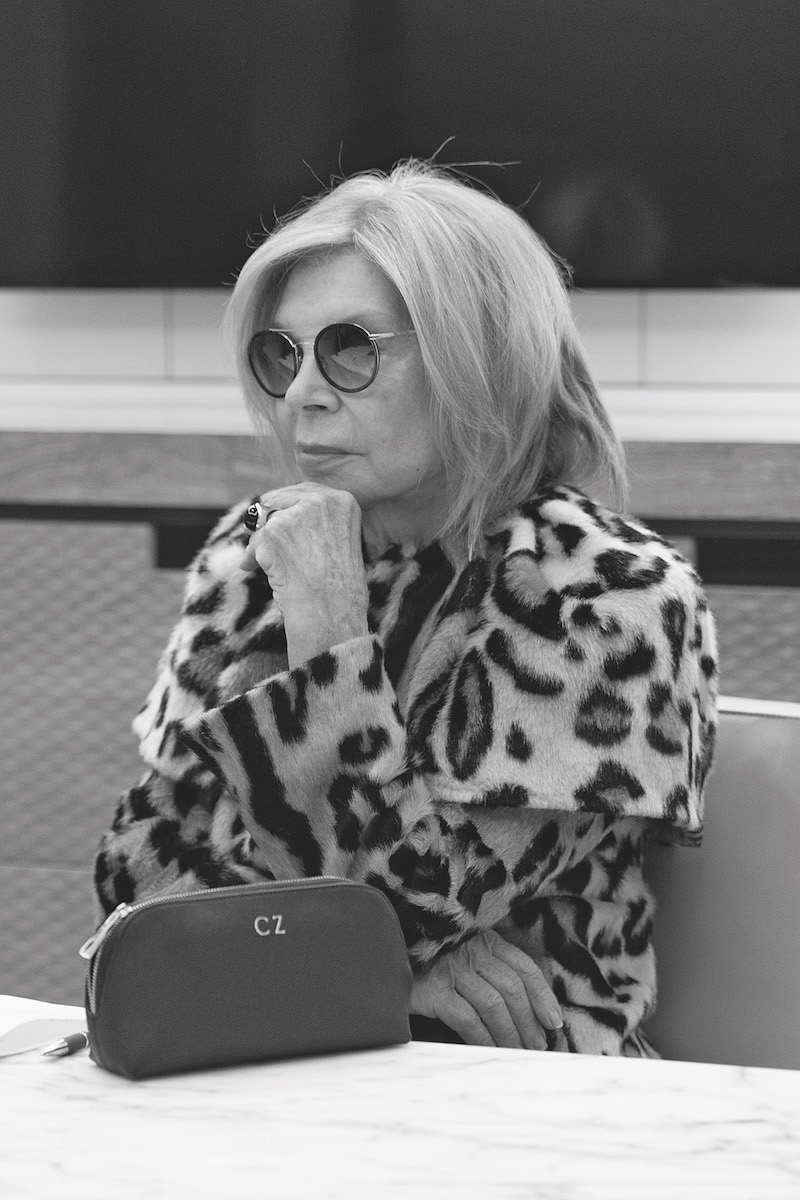
“From the beginning when I first started the business, I didn’t want to make cheap clothes. I wanted to make really beautiful things, like women could buy in couture shows, and I stuck to that.”
Zampatti believes we will see a turn away from fast fashion and a renewed appreciation of quality as customers become more educated about the environmental impact of fashion.
“I do believe they will come back to quality and are sick of buying instant fashion they throw away after wearing once … (it) clutters your life. It’s so much better to have a wardrobe of things you love wearing that you can mix together,” she says, noting that she still wears today a white crepe blazer she designed for her 2015 book launch.
“Luxury means beautifully made product you can have in your wardrobe … year after year,” she says.
Fashion journalist and author Dana Thomas makes a compelling case for slow fashion in her book Fashionopolis: The Price of Fast Fashion and the Future of Clothes.
Published this year, Thomas takes a forensic look at the toll that fast, disposable fashion is having on the environment and society. But Thomas also spends time with brands and companies that are offering up new ways of doing things.
This includes Stella McCartney, who was on the sustainability bandwagon long before anybody else; ethical denim producers around the world who are focusing on locally made products using different ways of working; and British fashion designer Mary Katrantzou, whose one-off, collectable pieces double as a work of art and have inspired countless imitations.
Thomas defines slow fashion as “a growing movement of makers, designers, merchants and manufacturers worldwide who, in response to fast fashion and globalisation, have significantly dialled back their pace and financial ambition,” choosing to “(honour) craftsmanship and (respect) tradition while embracing modern technology to make production cleaner and more efficient.”
There is a simple way for consumers to take up slow fashion too, and that’s to buy less but buy better.
Read next: These are the most searched luxury fashion brands in the world

